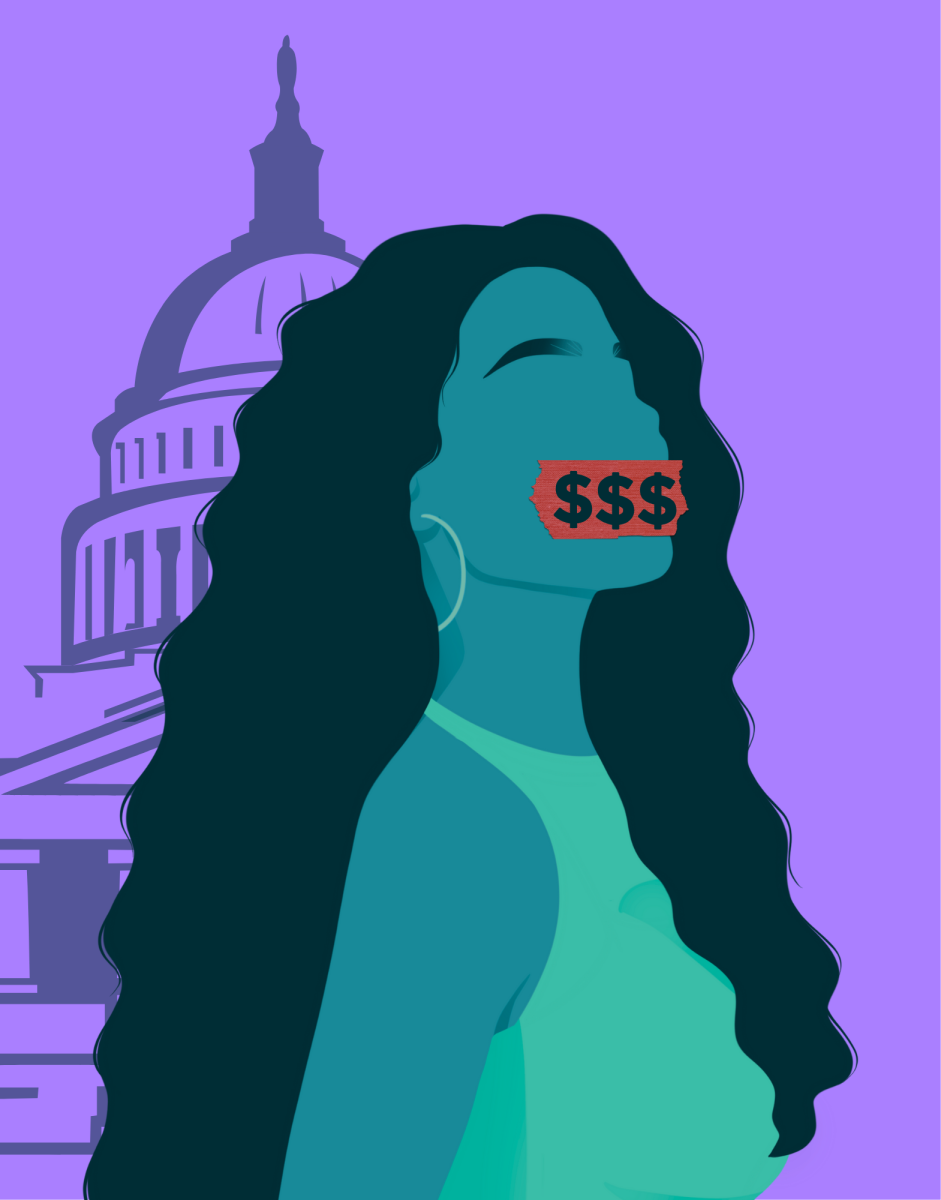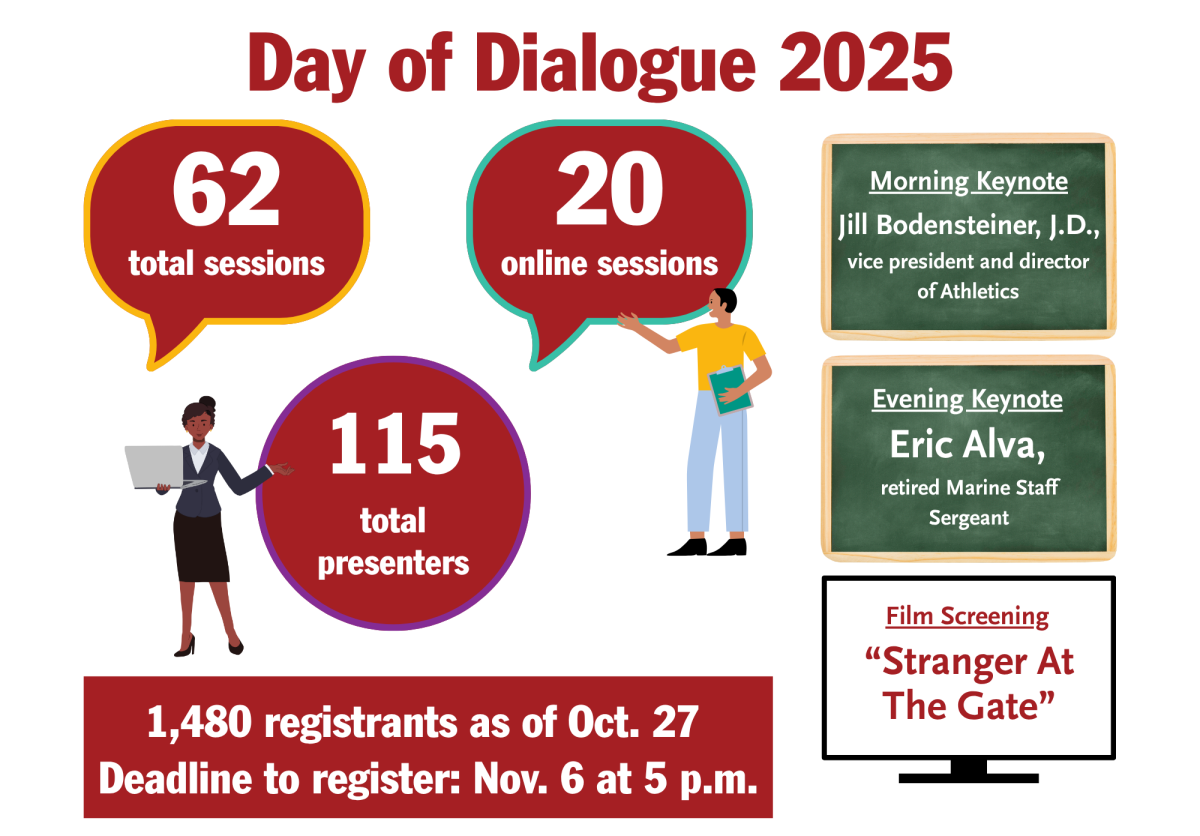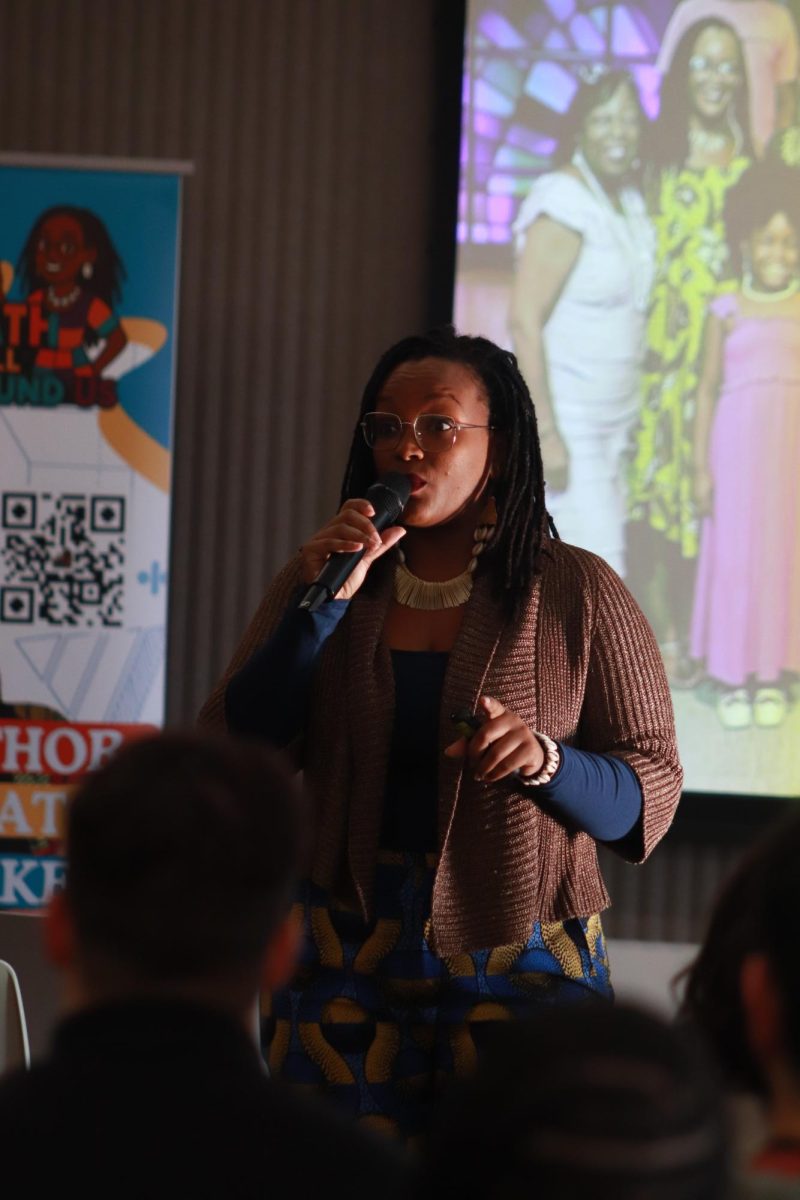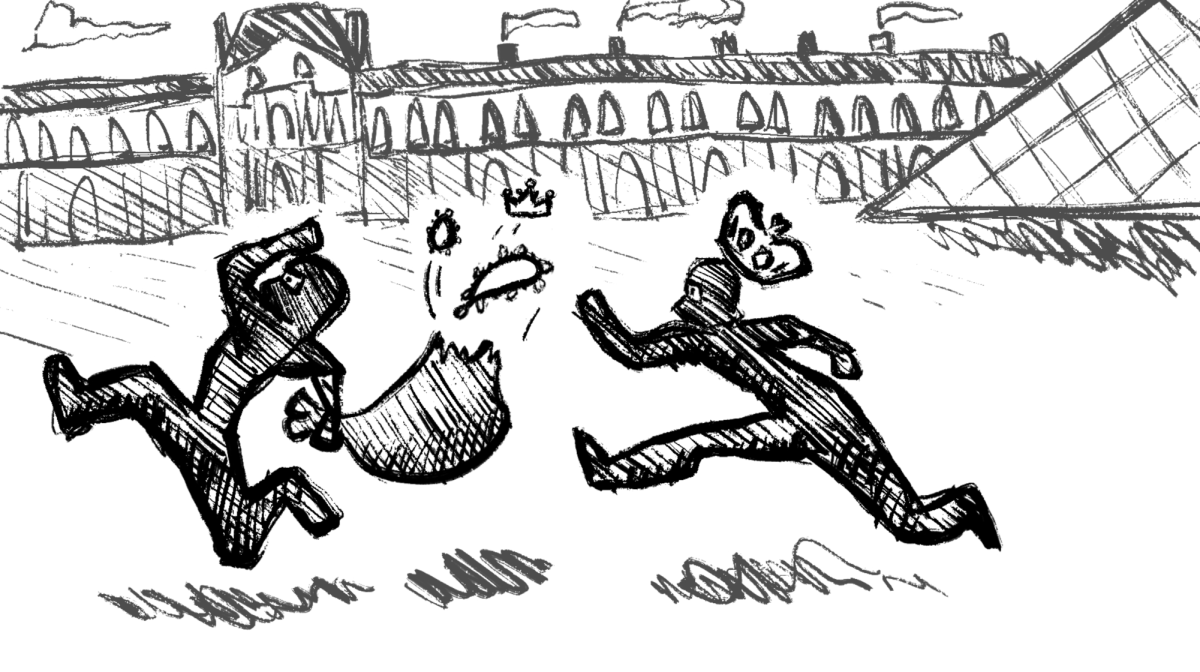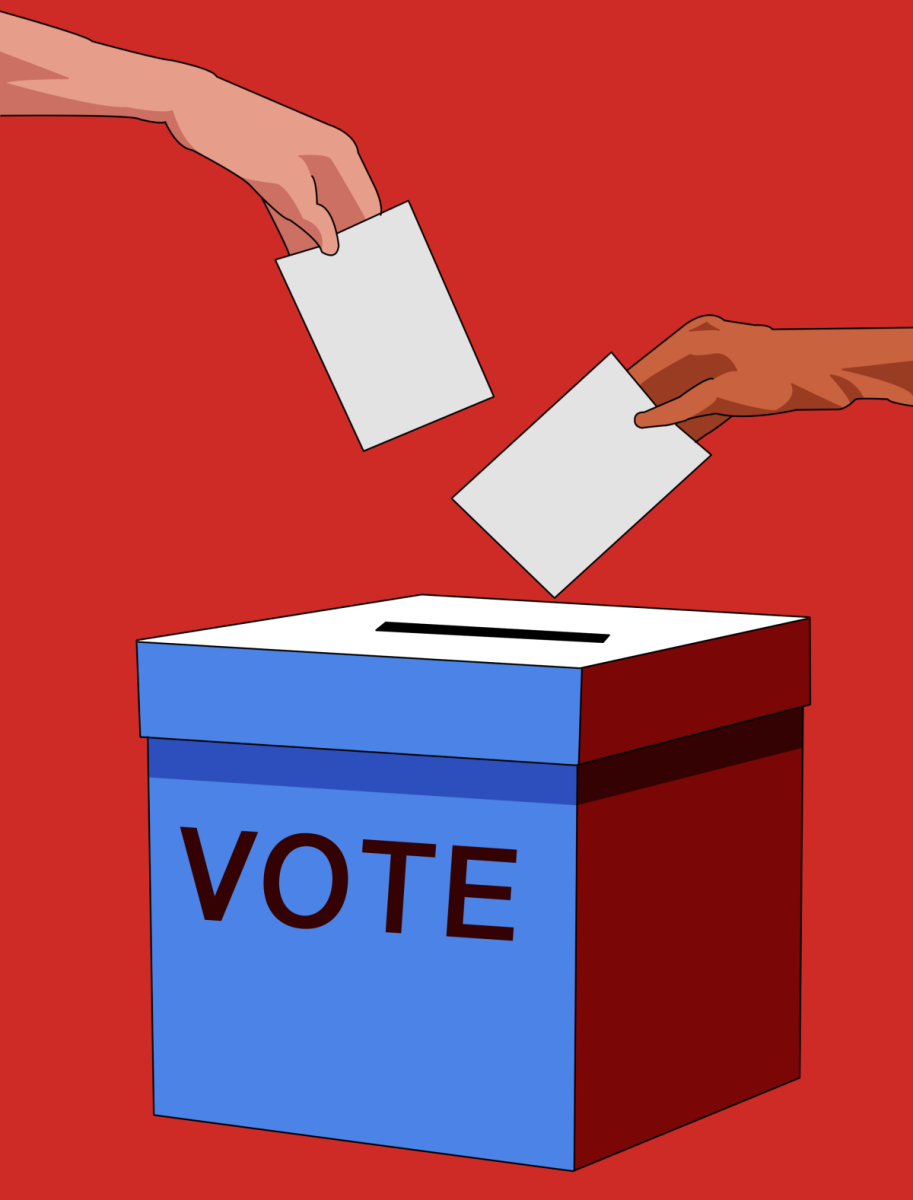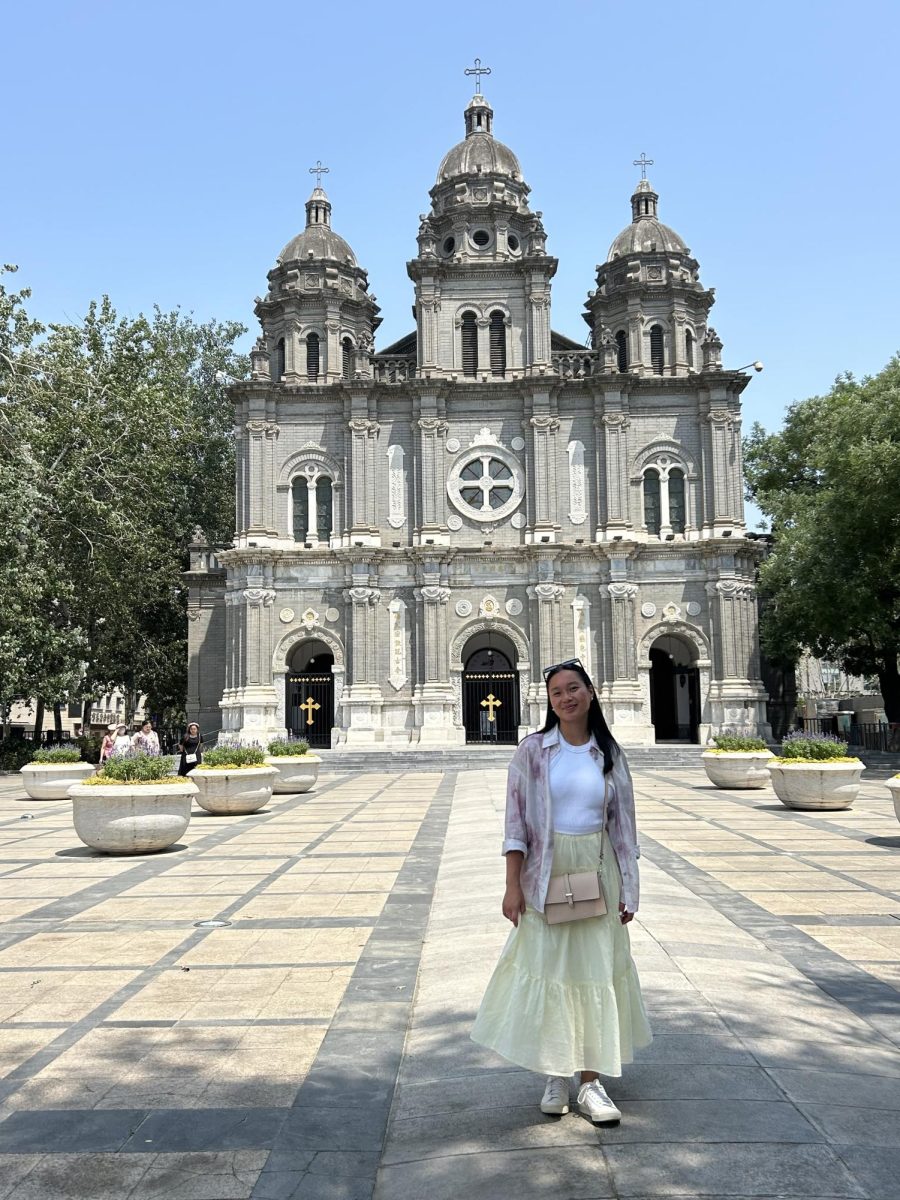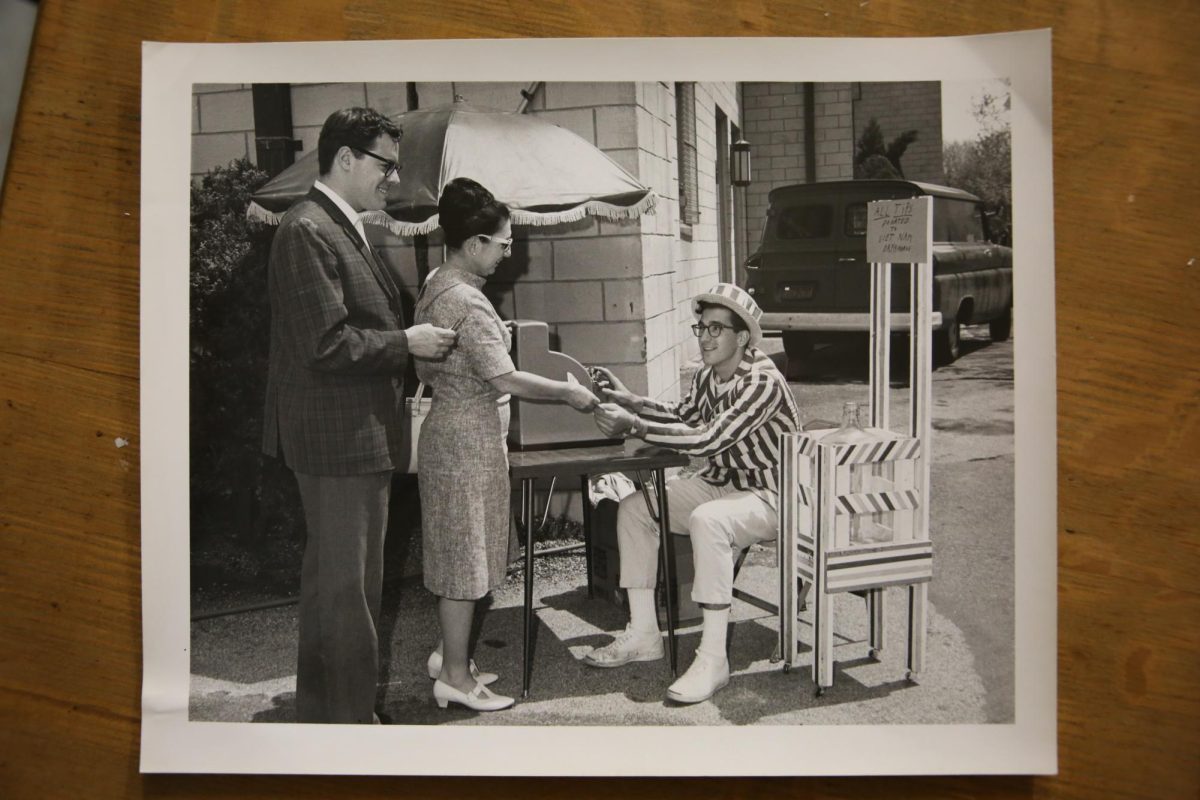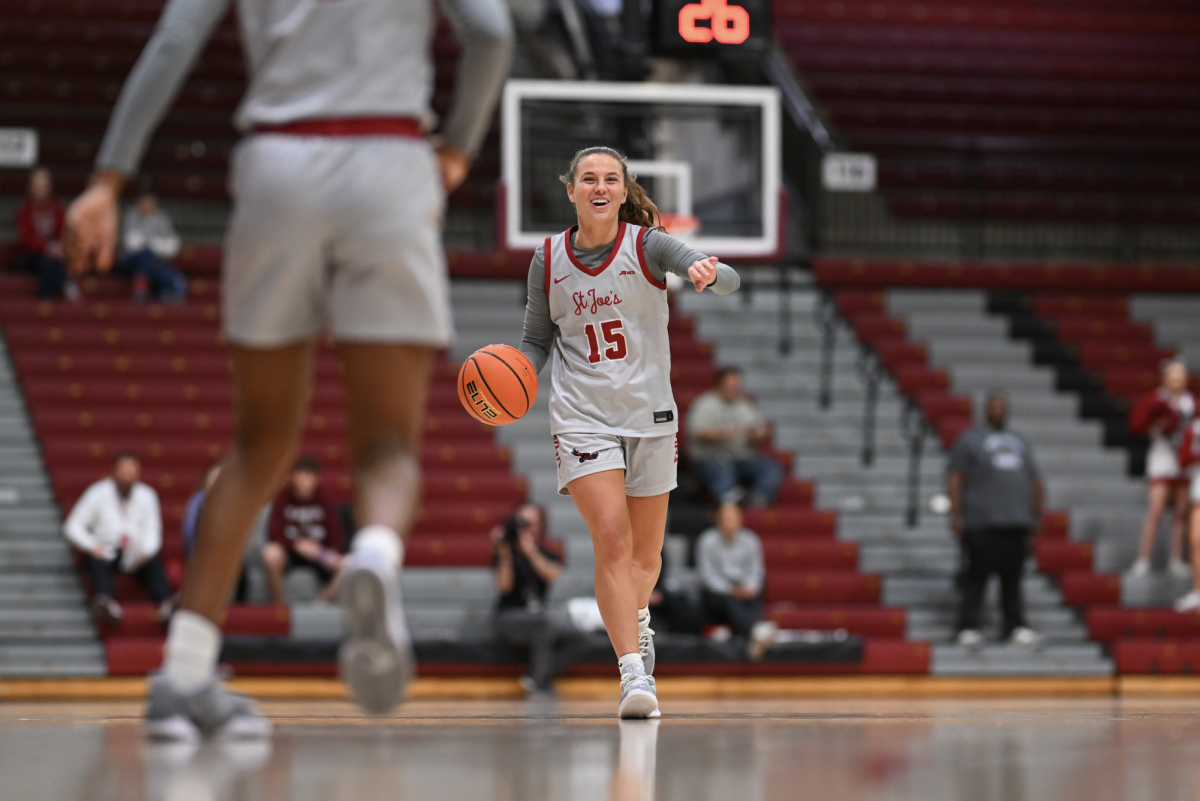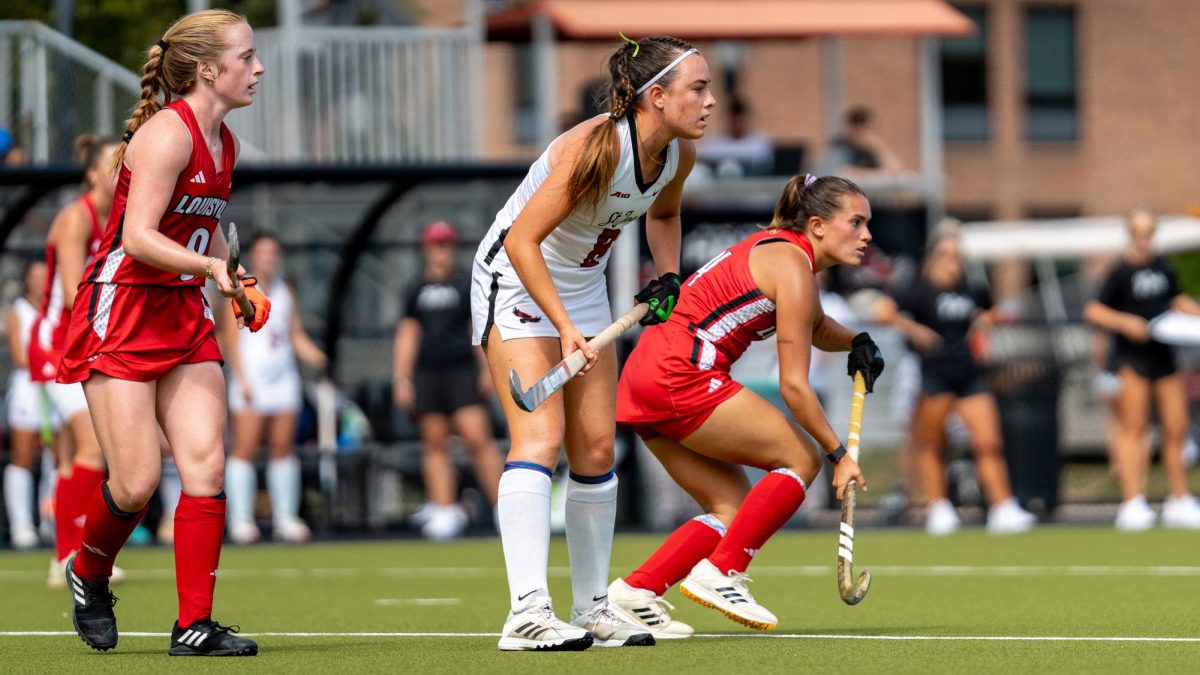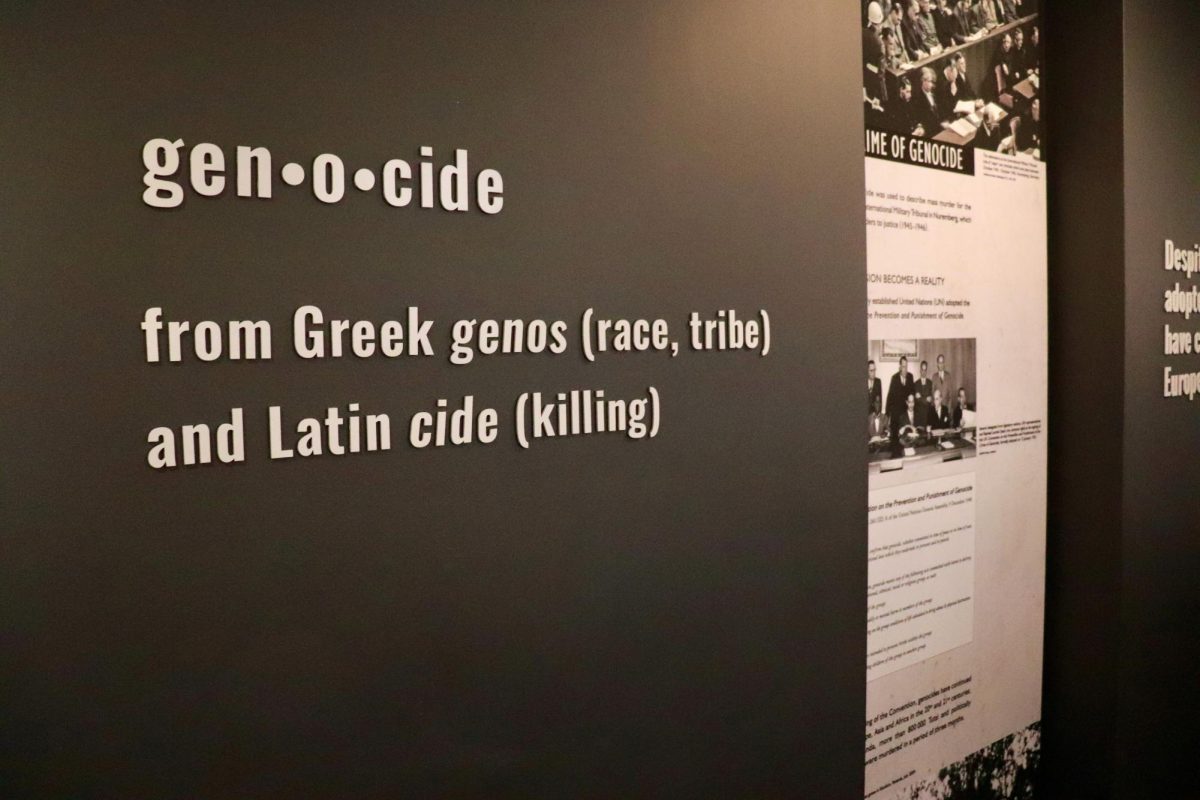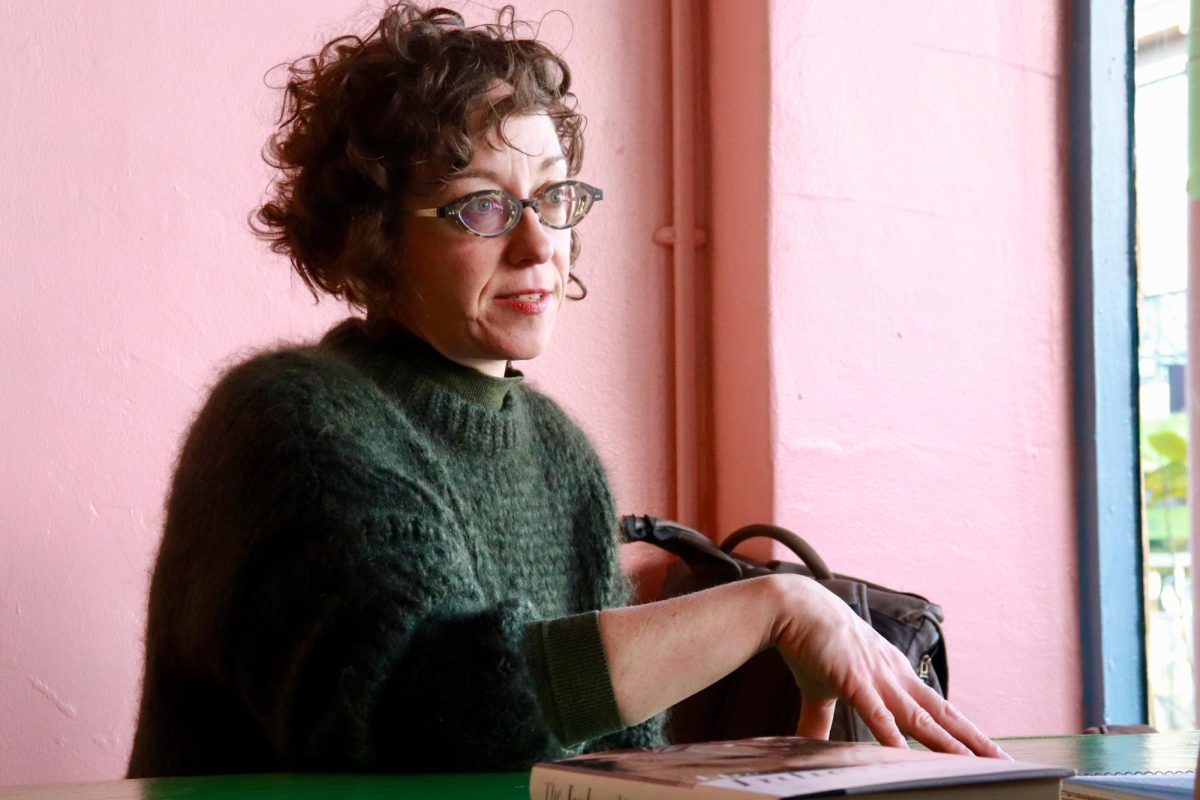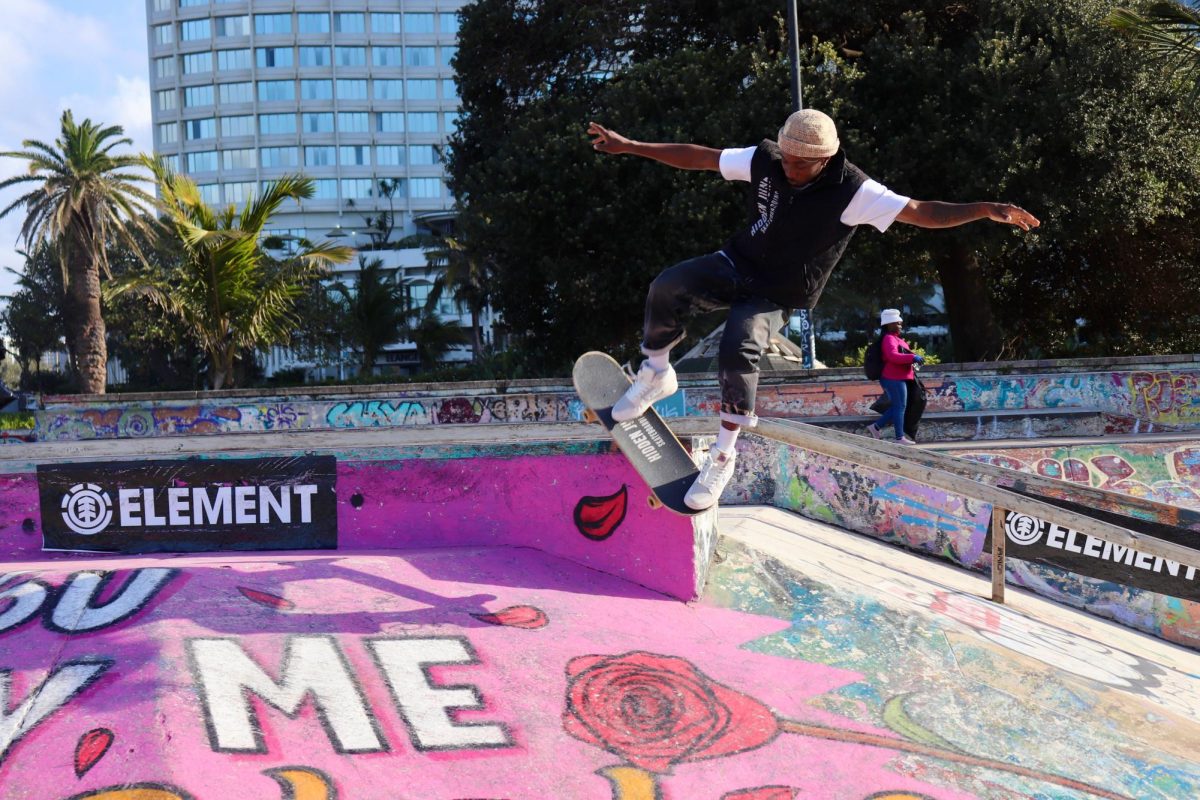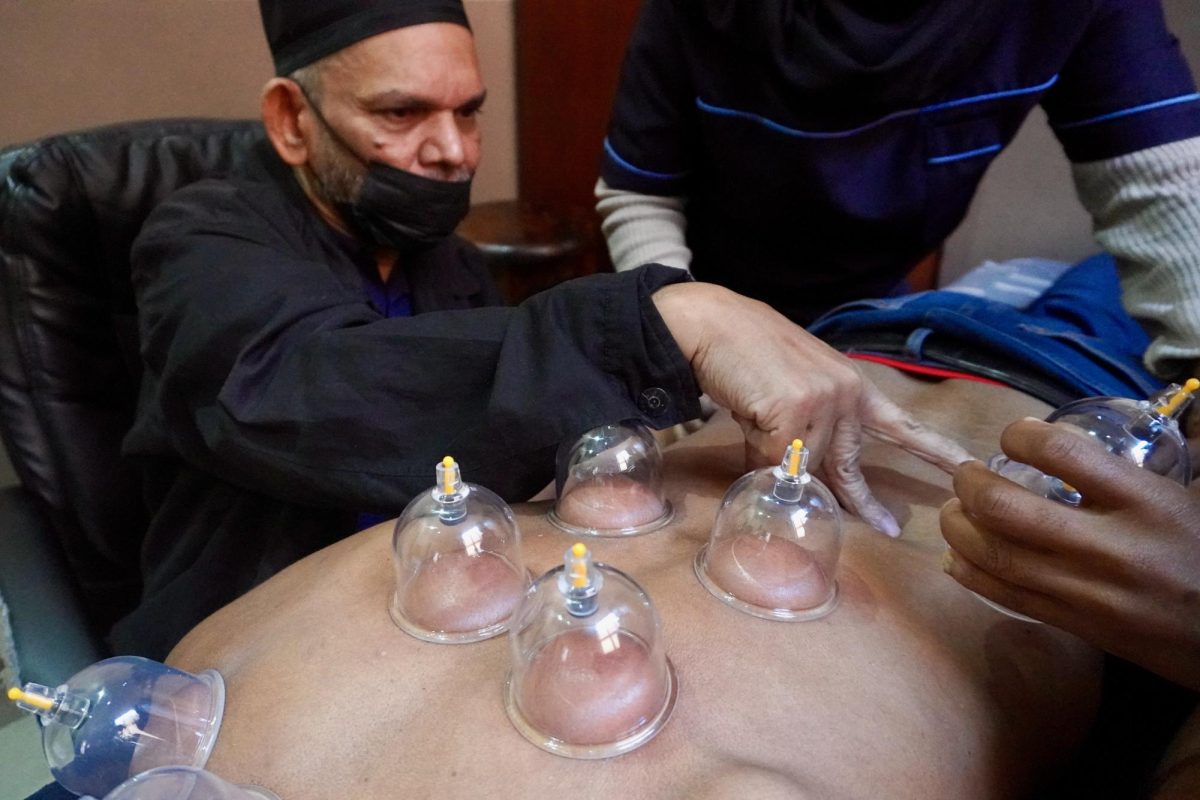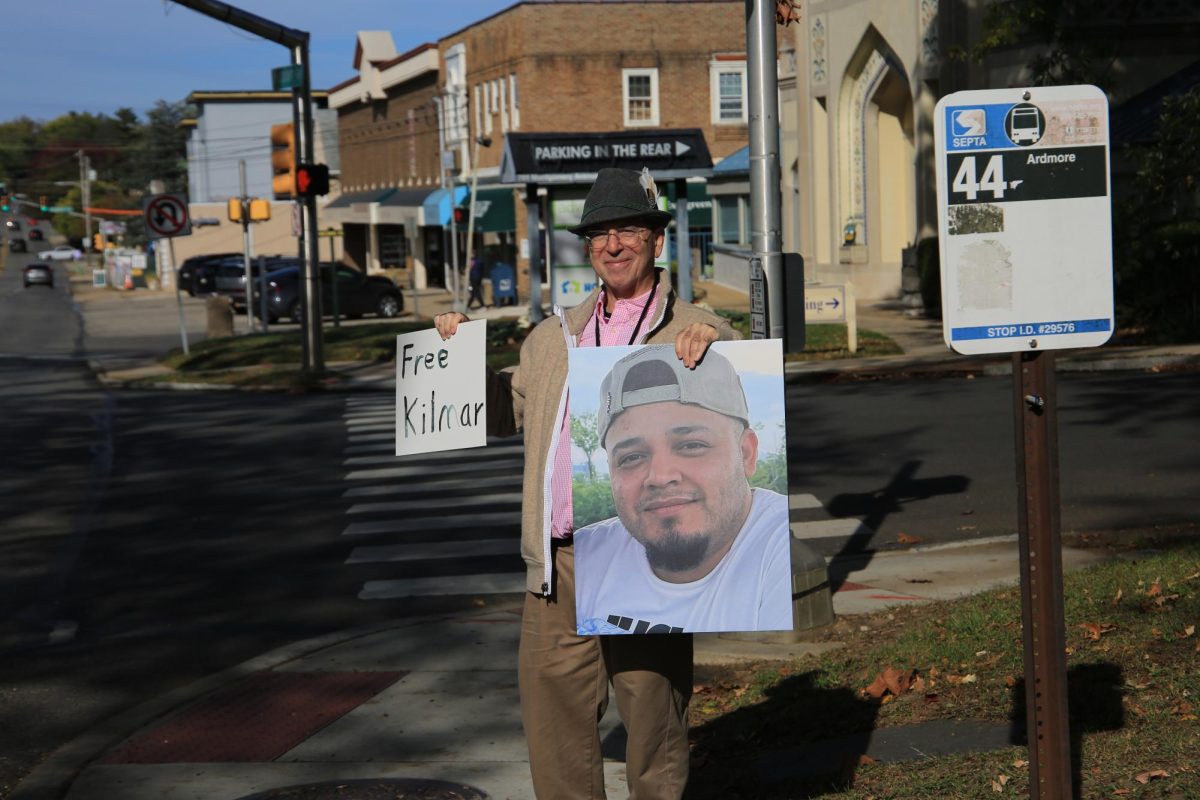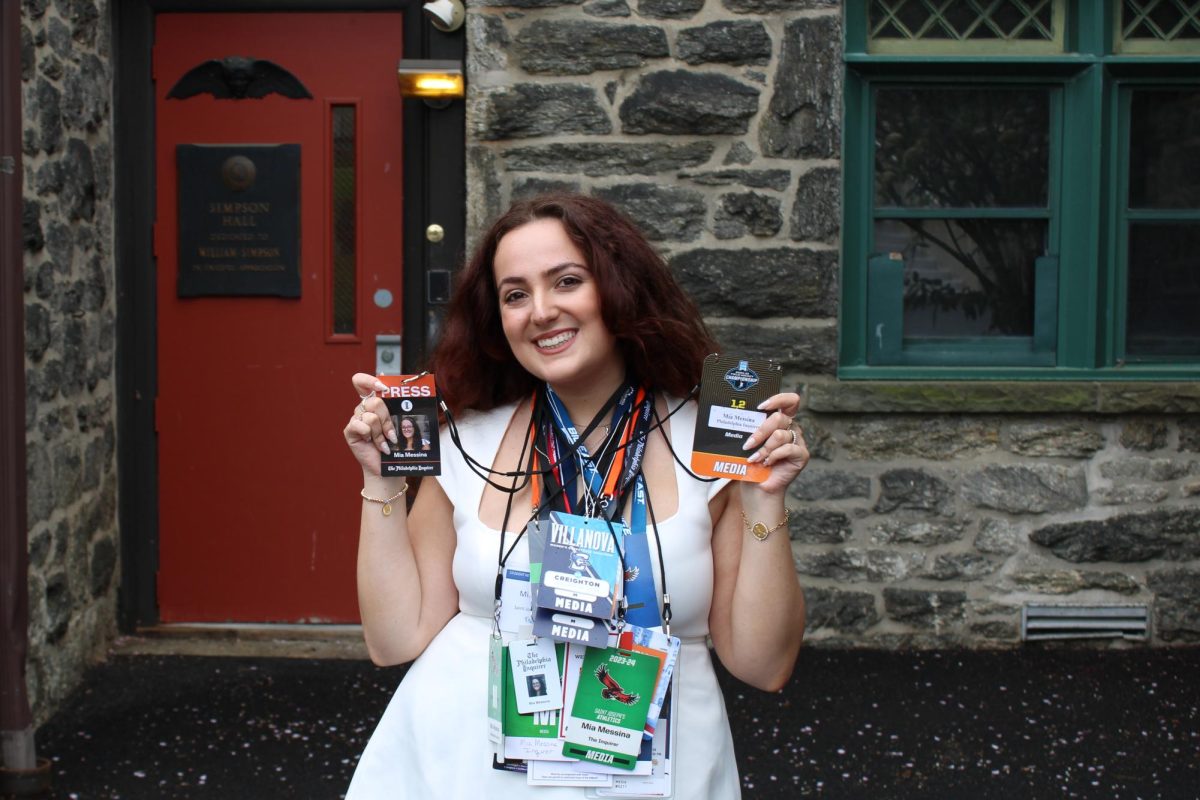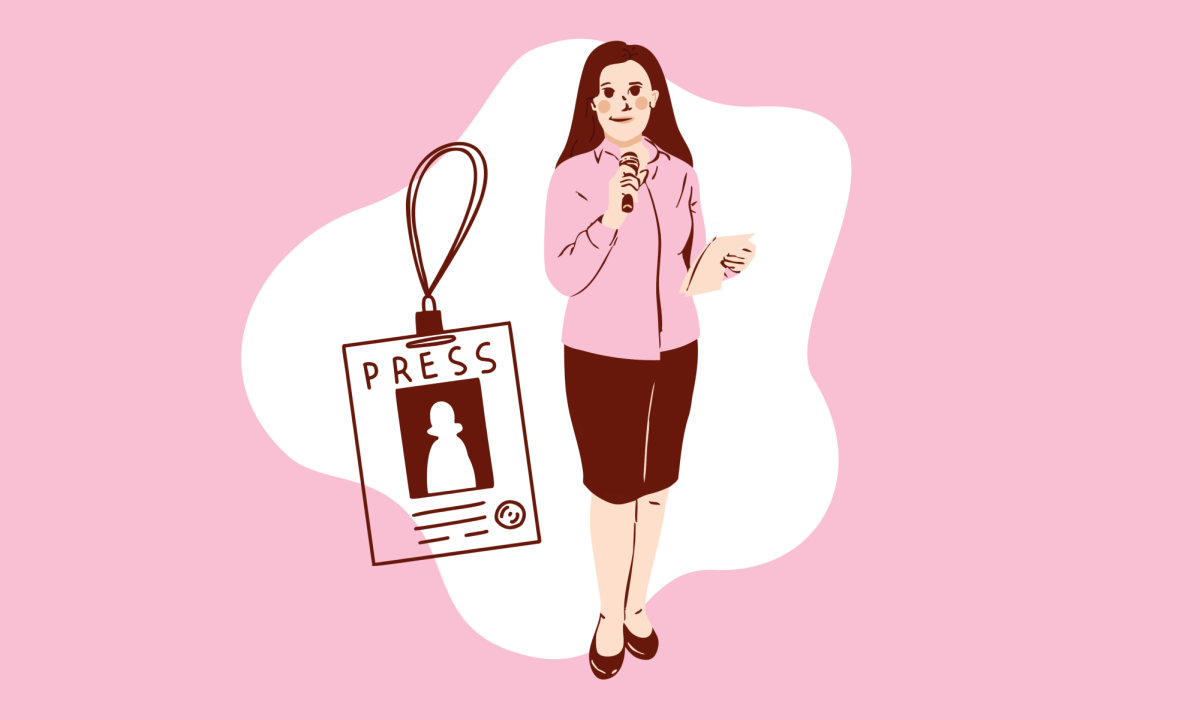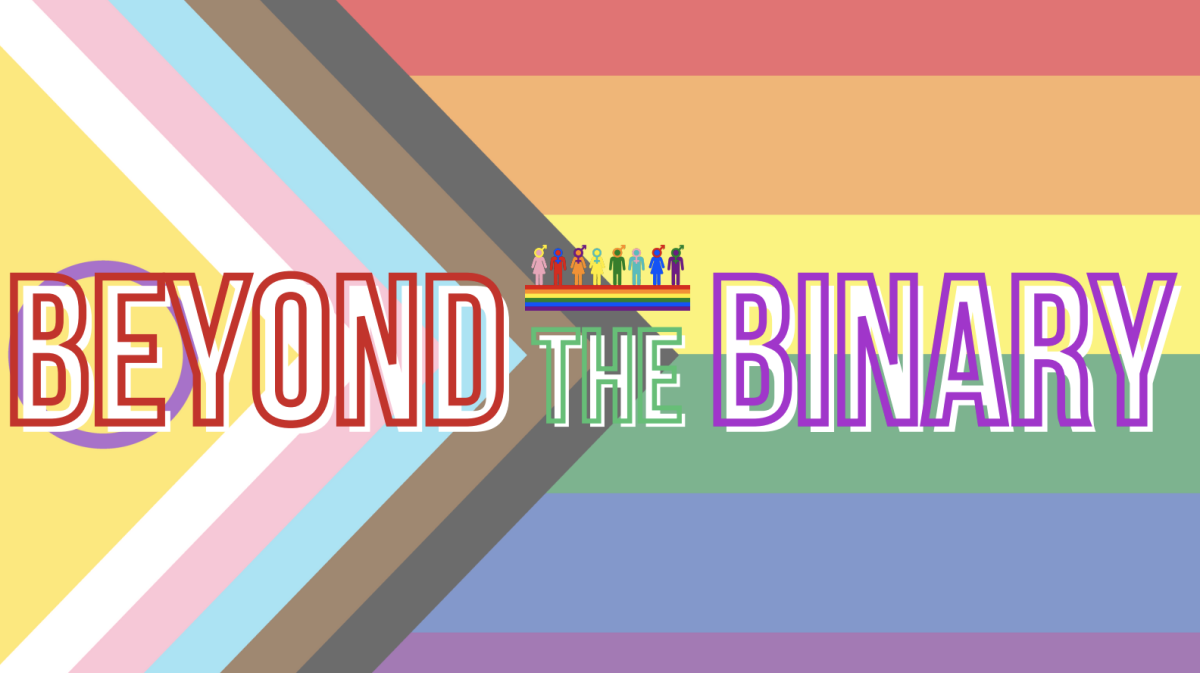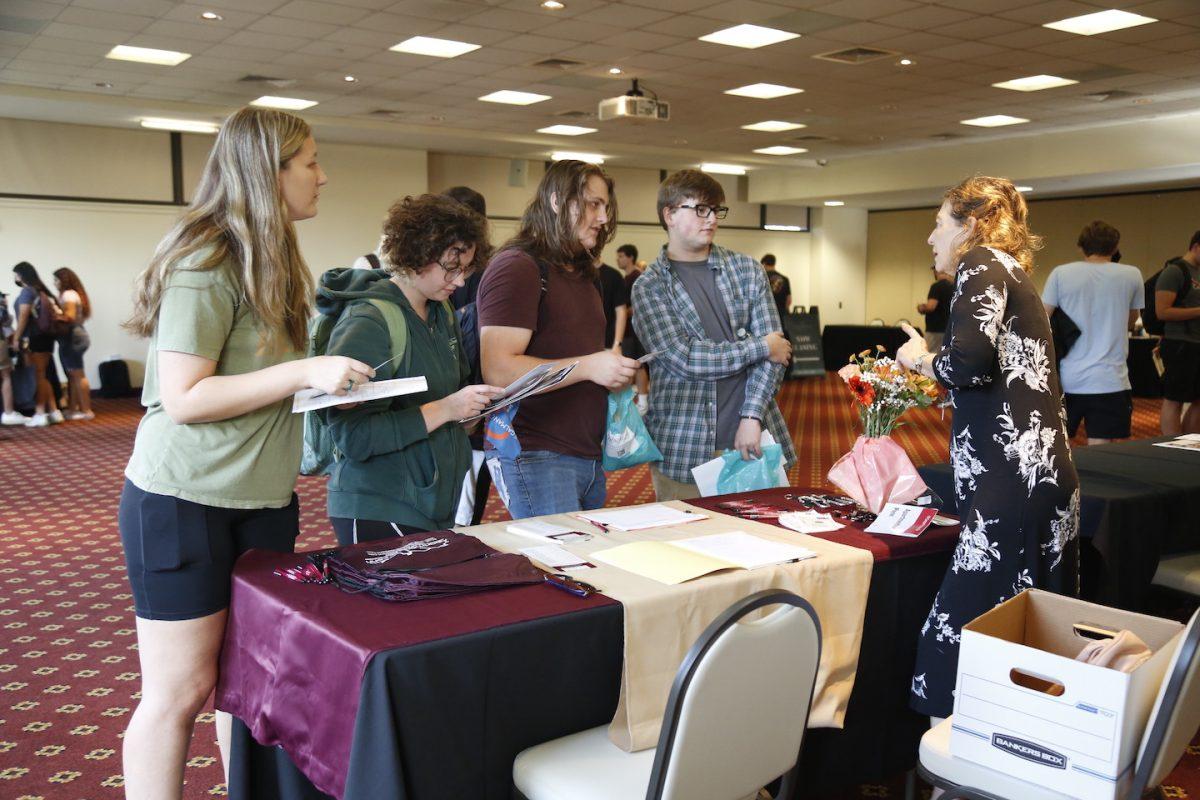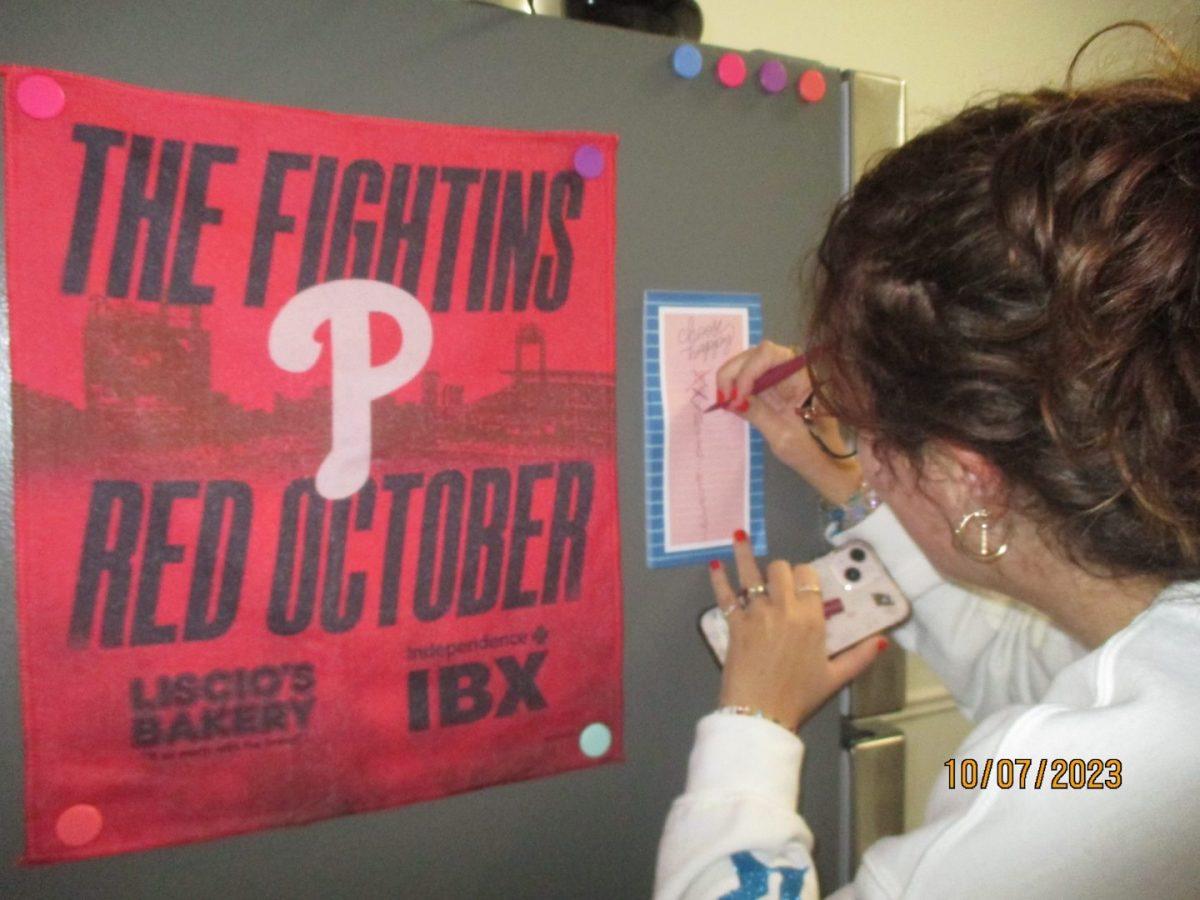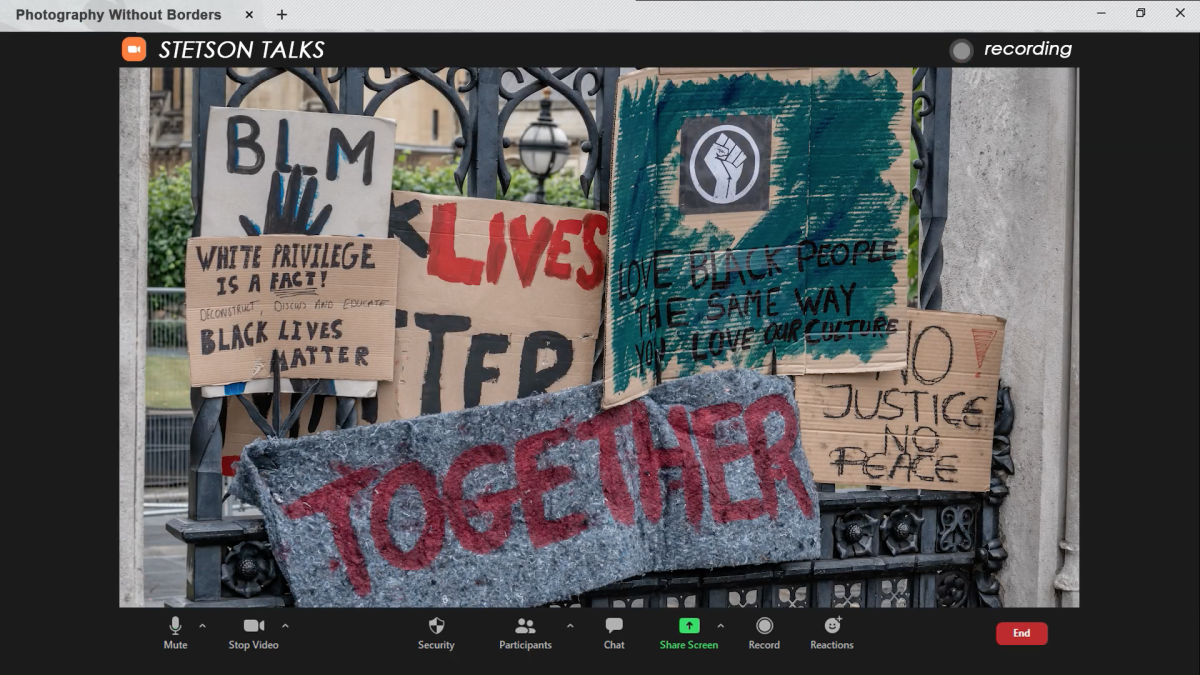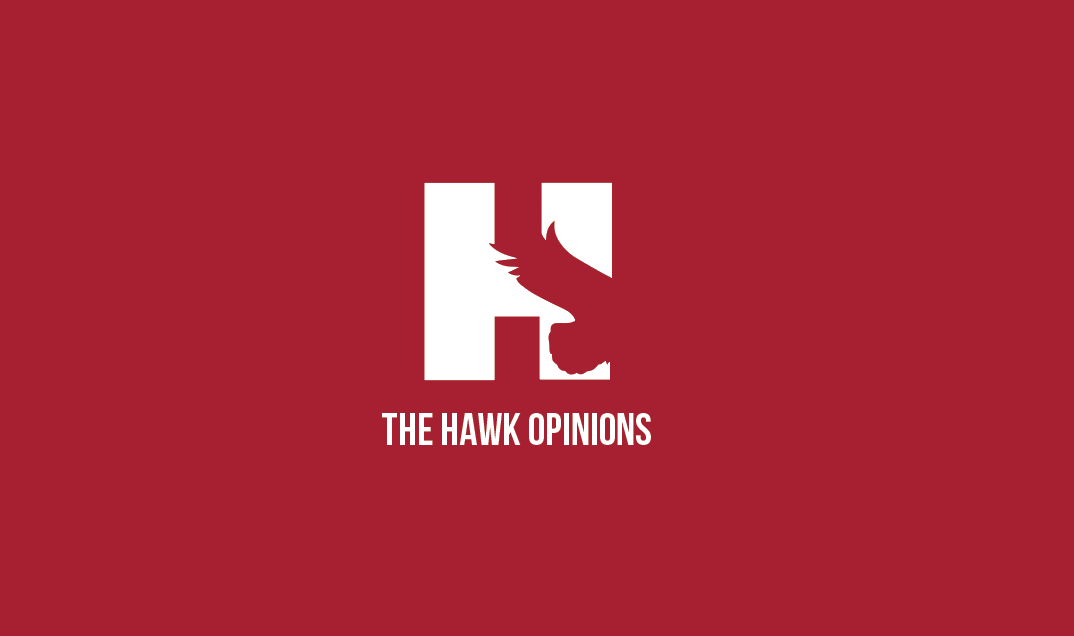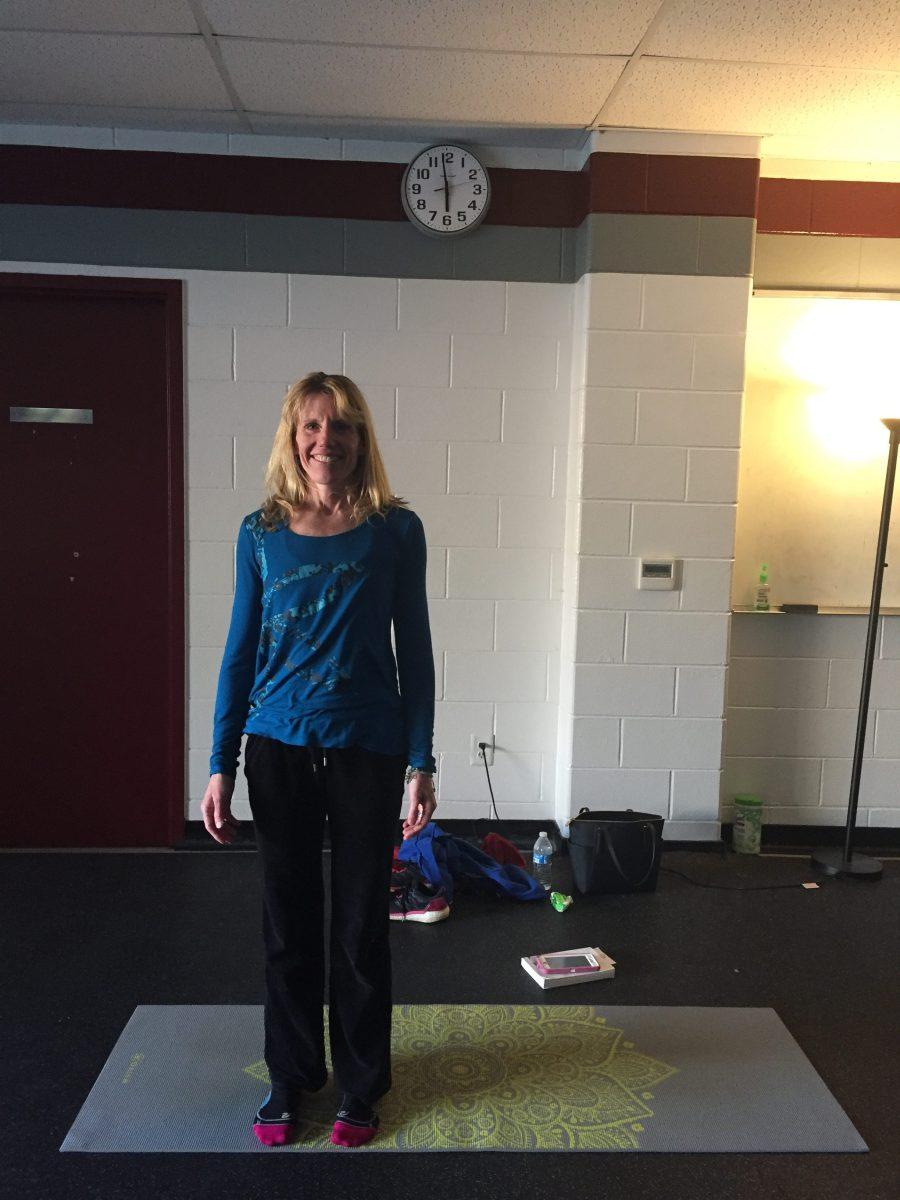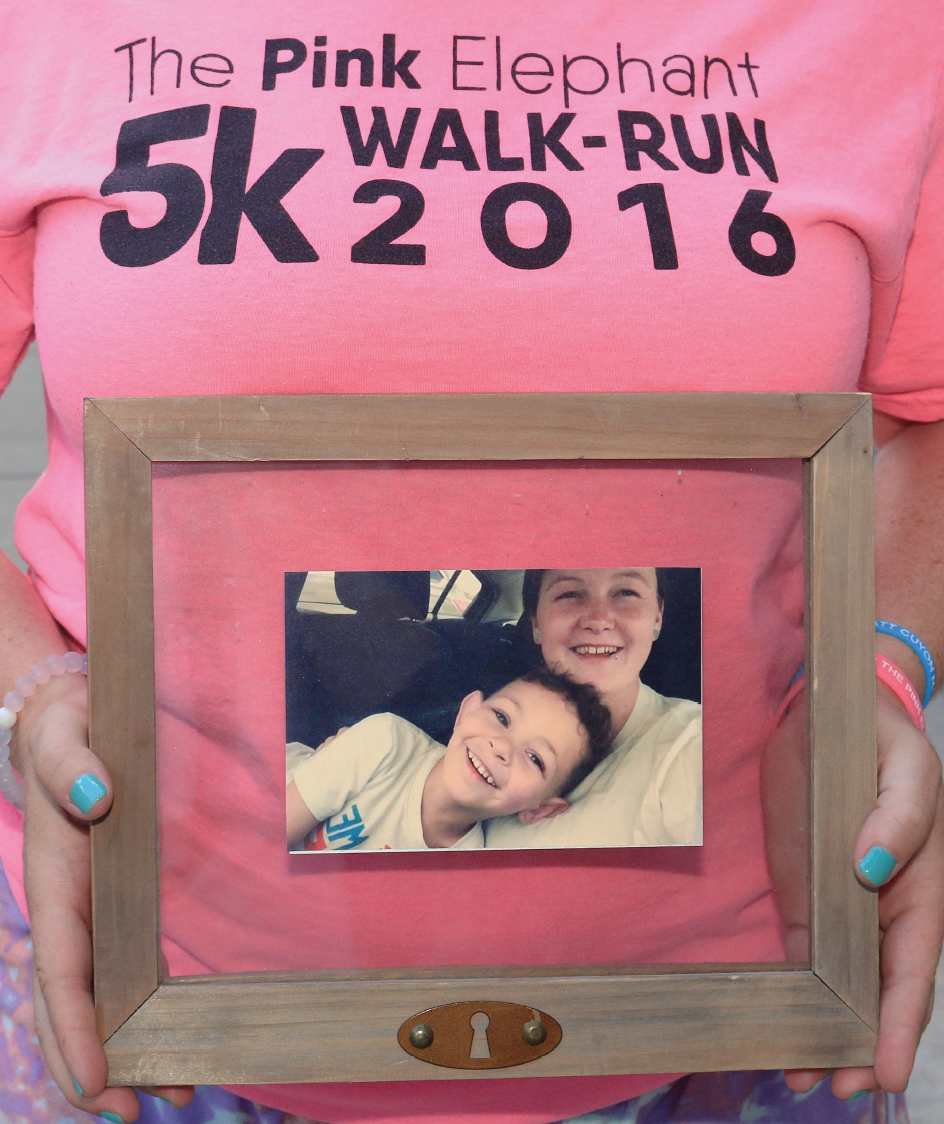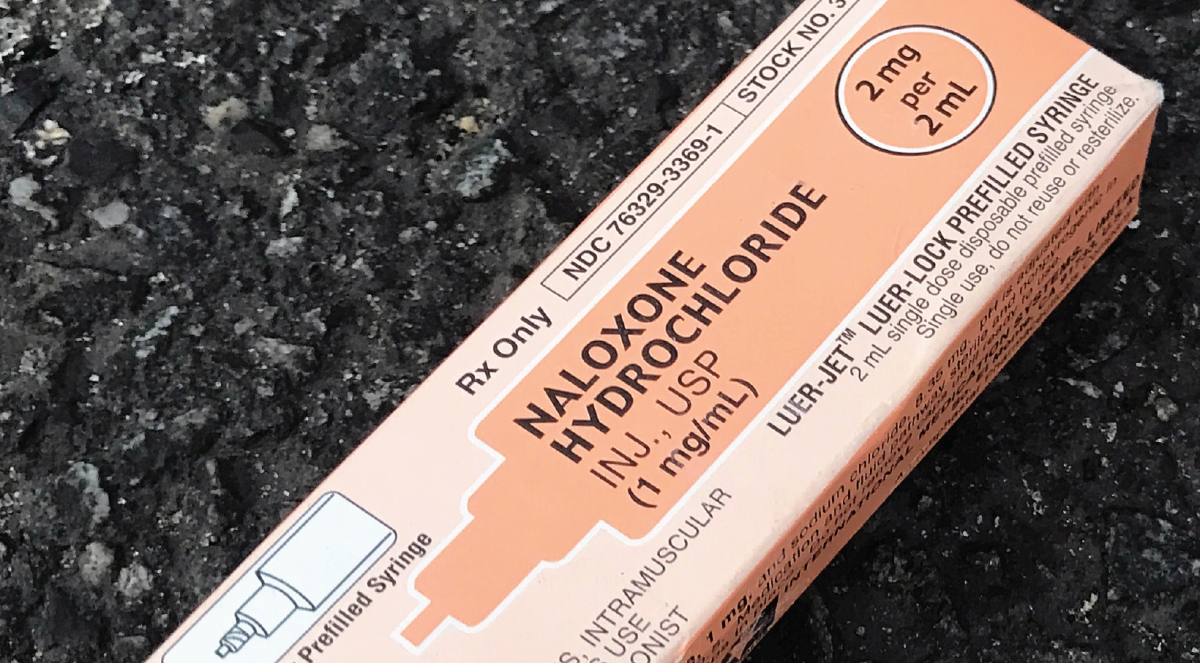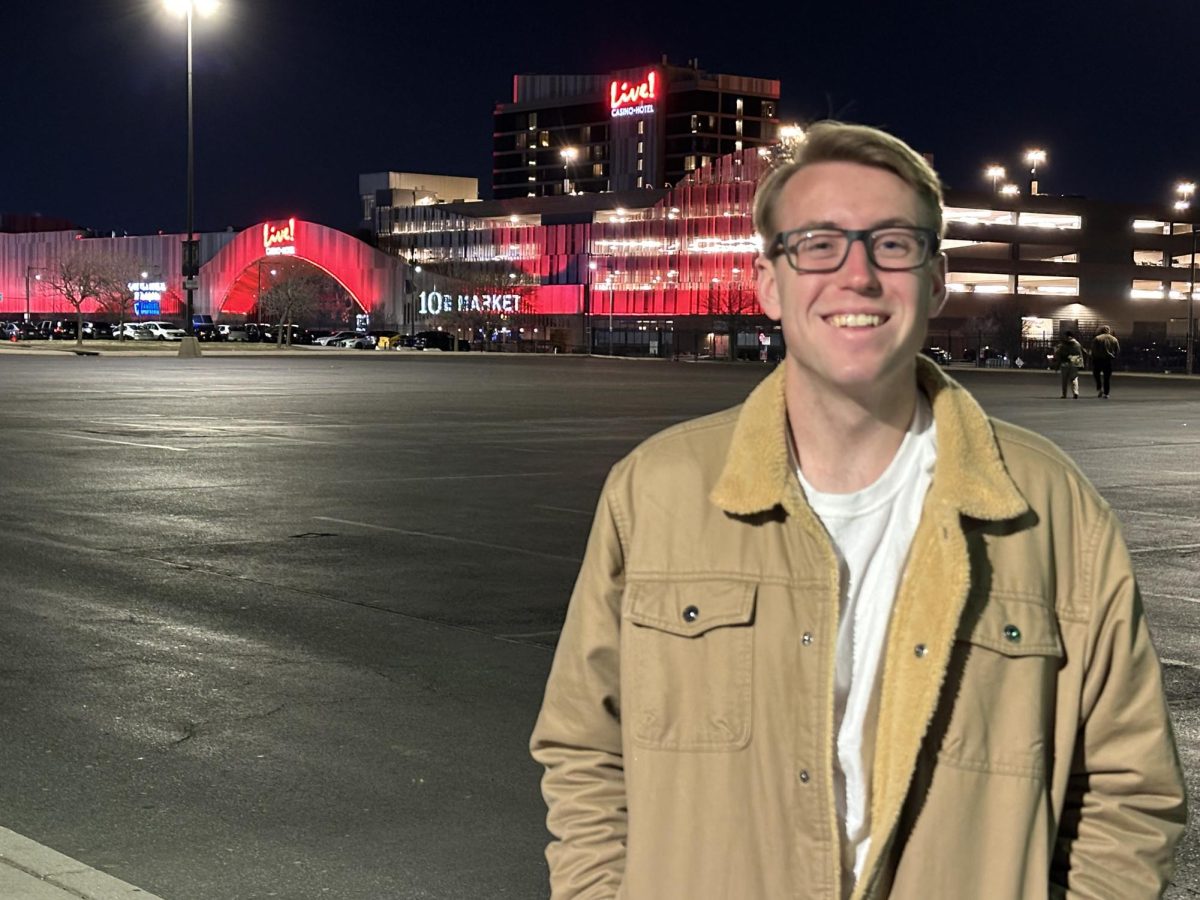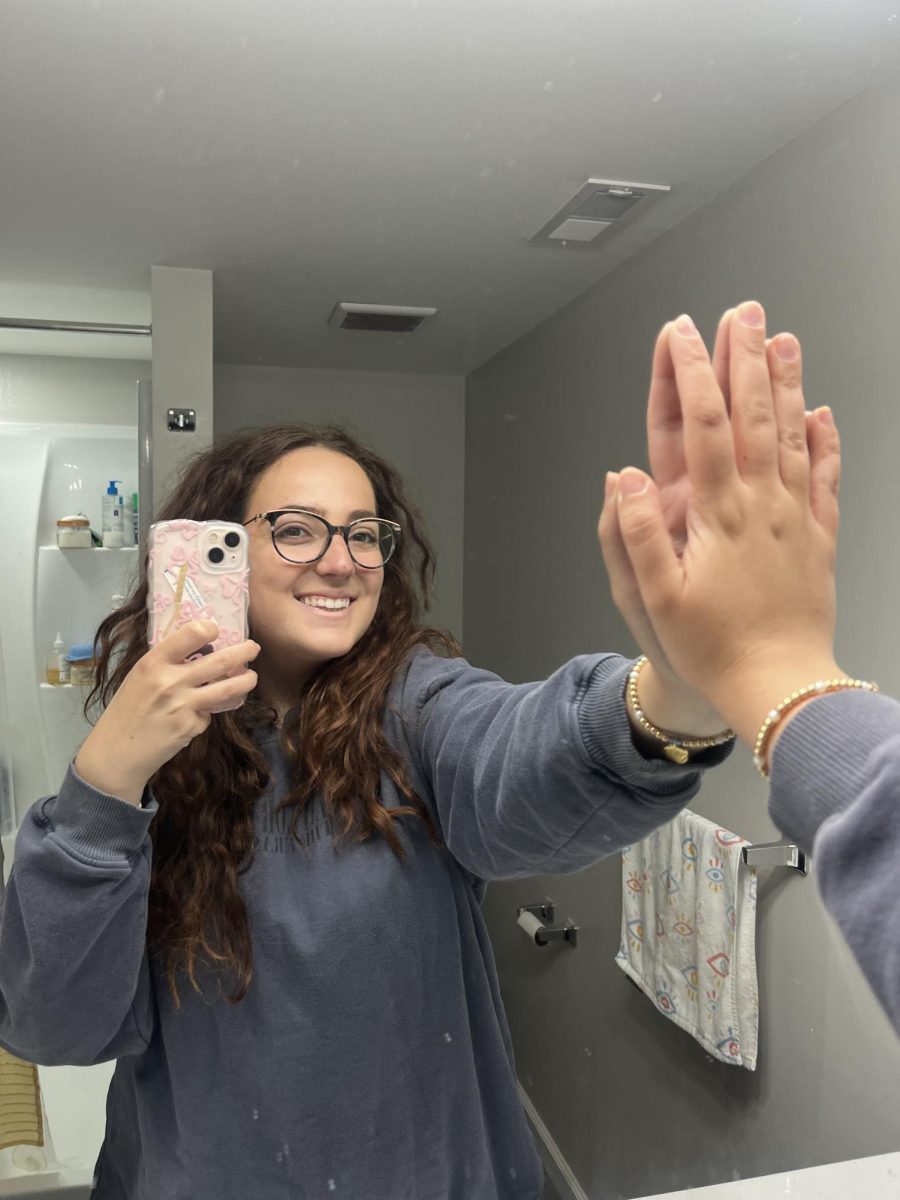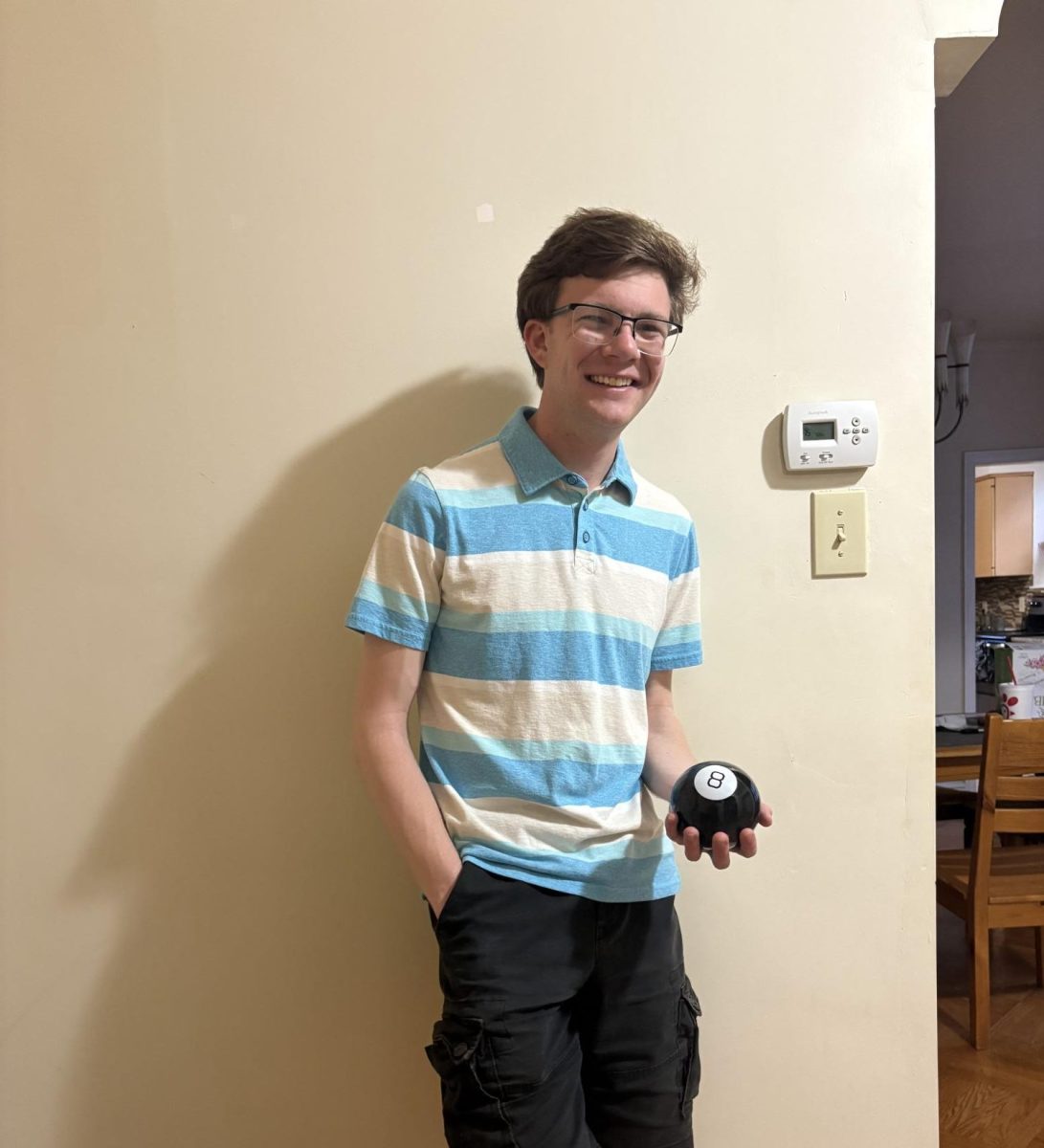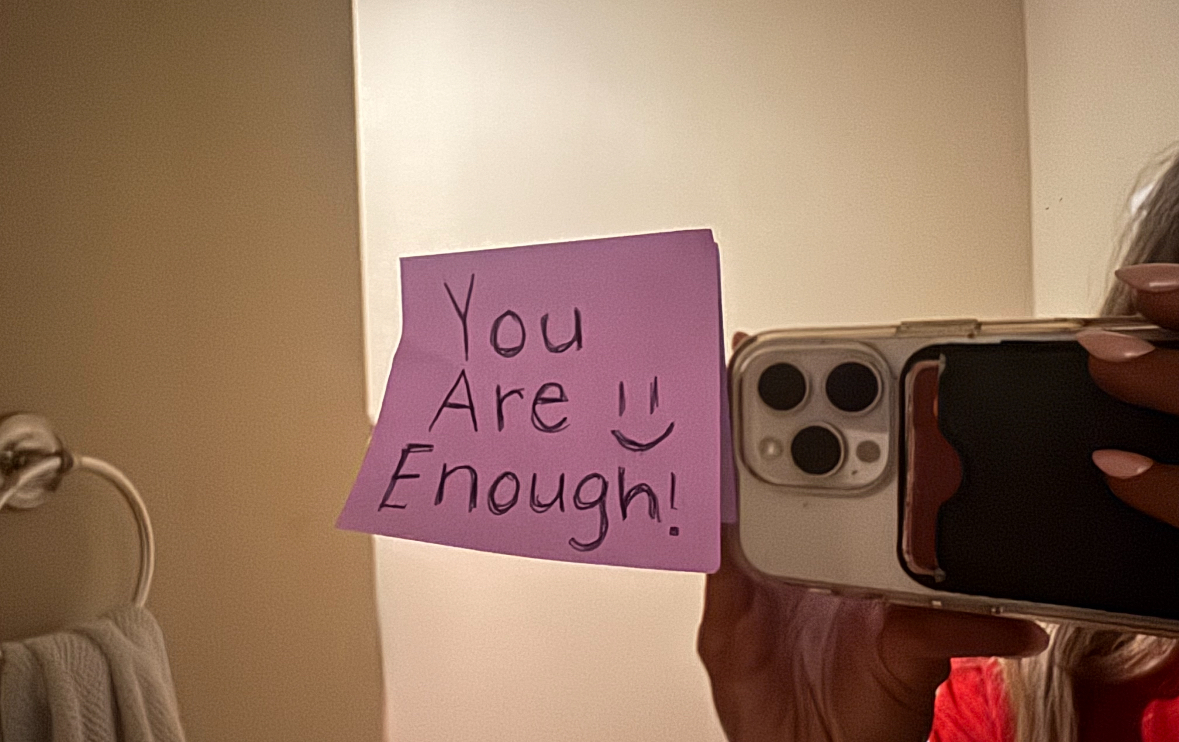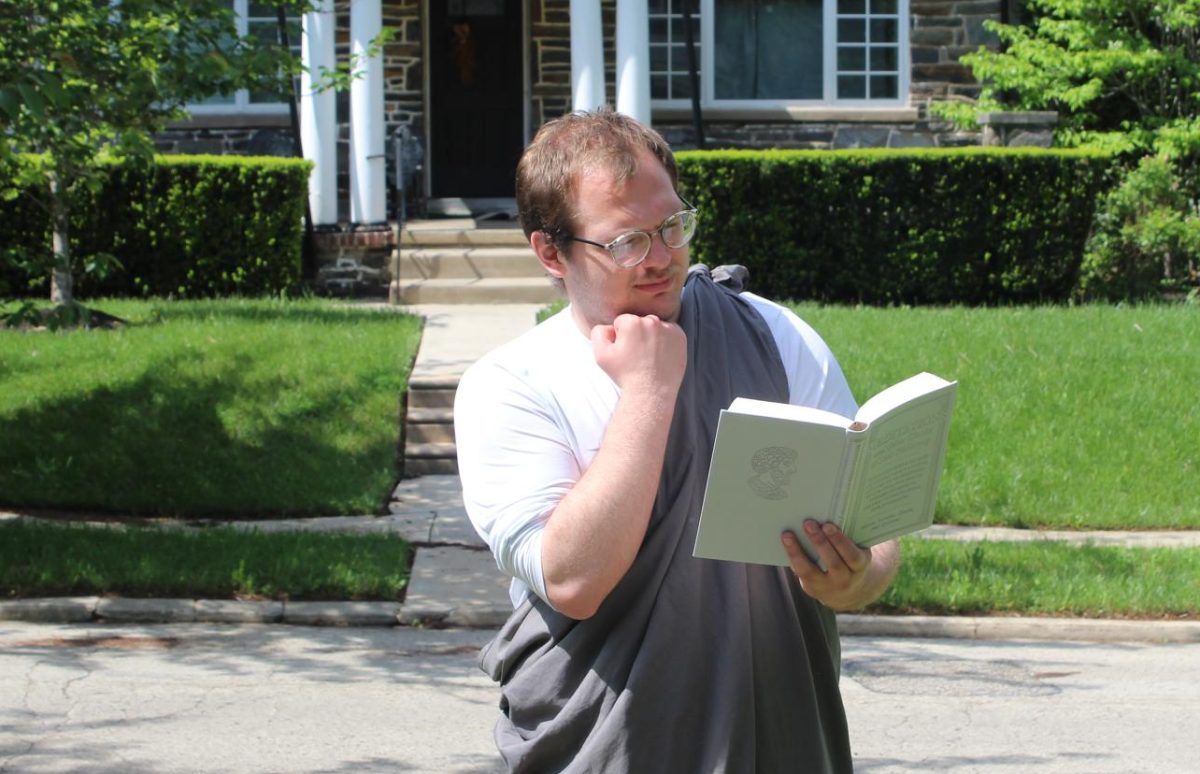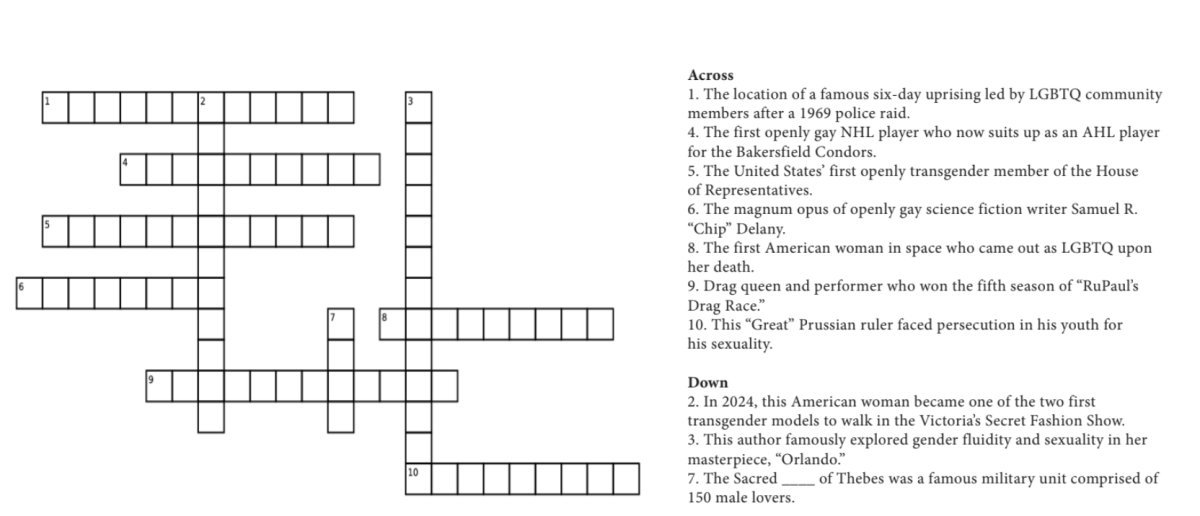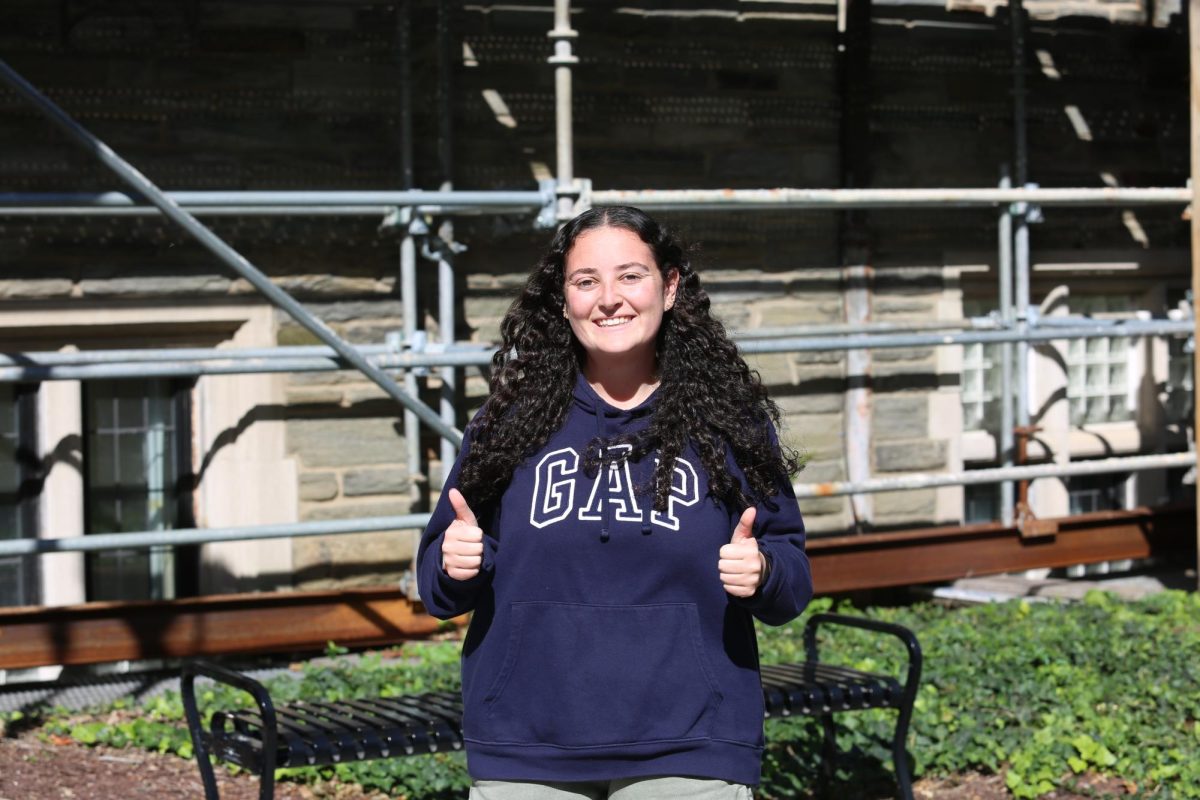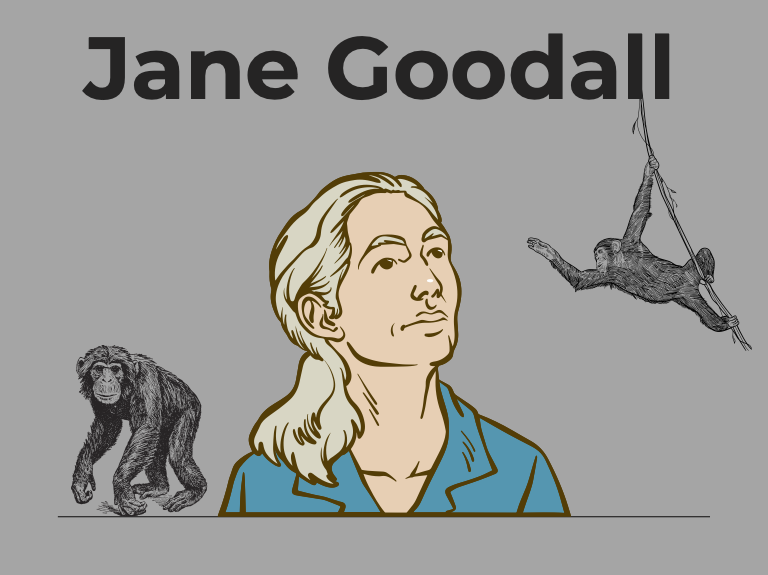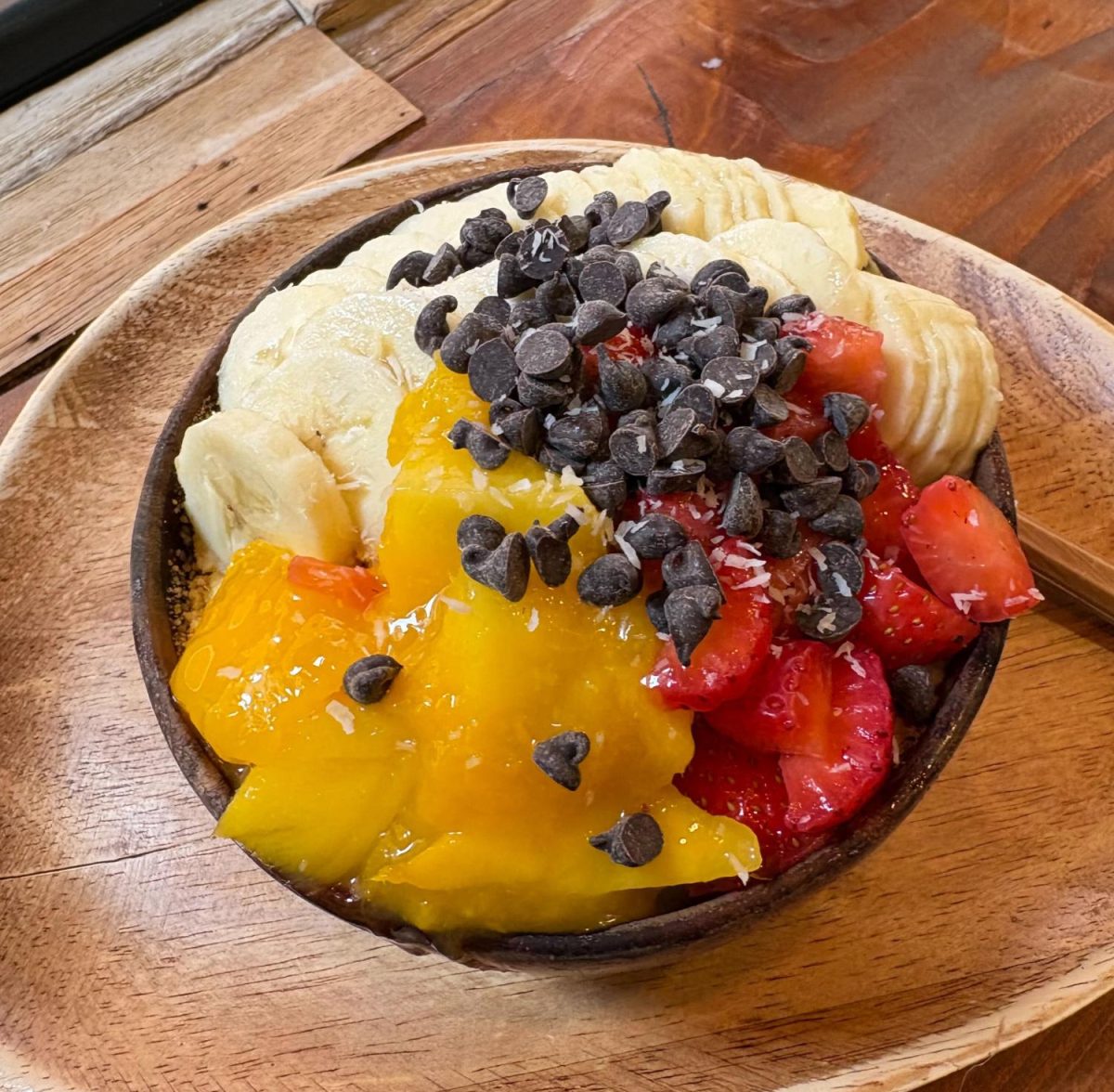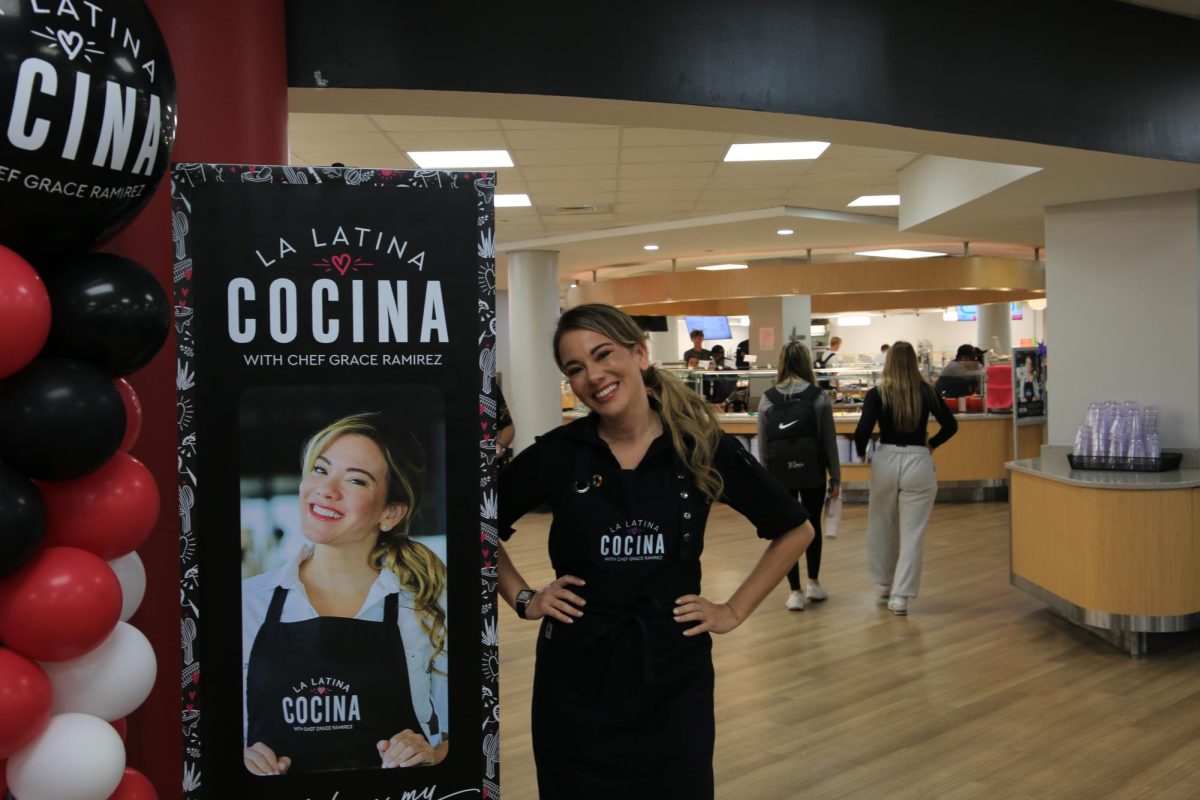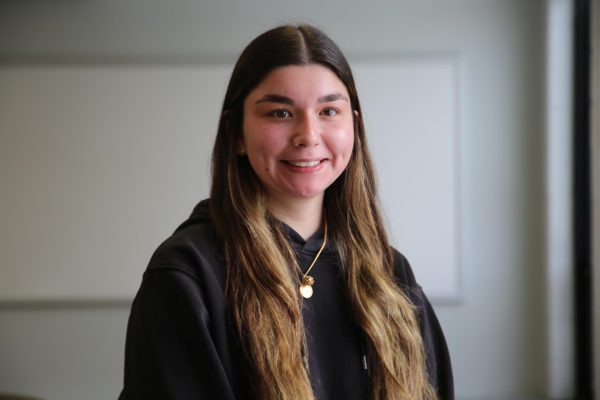The Victoria’s Secret Fashion show first began in 1995. It started as a small-scale, industry-focused event at the Plaza Hotel in New York City, but the empire has since expanded into a globalized moment.
However, the fashion show hasn’t always been as glamorous as it may seem. In 2019, the annual lingerie event took a five-year hiatus due to immense backlash over not being inclusive of all body types and races and declining ratings.
Backlash
In February of 2020, The New York Times published an investigation against Victoria’s Secret, exposing a toxic workplace that included bullying, harassment and inappropriate behavior toward both employees and models.
For many years, the brand exclusively featured tall, thin and mostly white models throughout their campaigns and runway shows, known as “Angels.” This represented a narrow image of beauty and showcased unrealistic beauty standards.
The company’s problems were brought to light when Ed Razek, then-chief marketing officer of L Brands (now Bath & Body Works, Inc.), came under fire in 2018 after telling Vogue that Victoria’s Secret should not include transgender or plus-sized women in their runway shows. Razek’s remarks were met with immediate backlash, leading to boycotts against the brand.
By 2019, public interest in the once-iconic brand and yearly fashion show plummeted. The company decided to cancel the show due to drops in ratings, marking a turning point in the brand’s history.
What has changed?
Taking a step toward rebranding, Victoria’s Secret split from L Brands in 2021. Since then, the company has focused on creating change within their brand and the image they portray. In August 2023, Victoria’s Secret shared a new statement of its brand values on its website: “We Represent All Women.”
“We have moved from promoting an exclusionary view of what’s sexy, to celebrating women throughout every phase of their lives,” the brand wrote.
The most recent Victoria’s Secret Fashion Show, held Oct. 15, reflected these efforts toward inclusivity. The runway featured angels diverse in race, body size and background, including a model who was pregnant, symbolizing the brand’s new commitment to representing all women.



